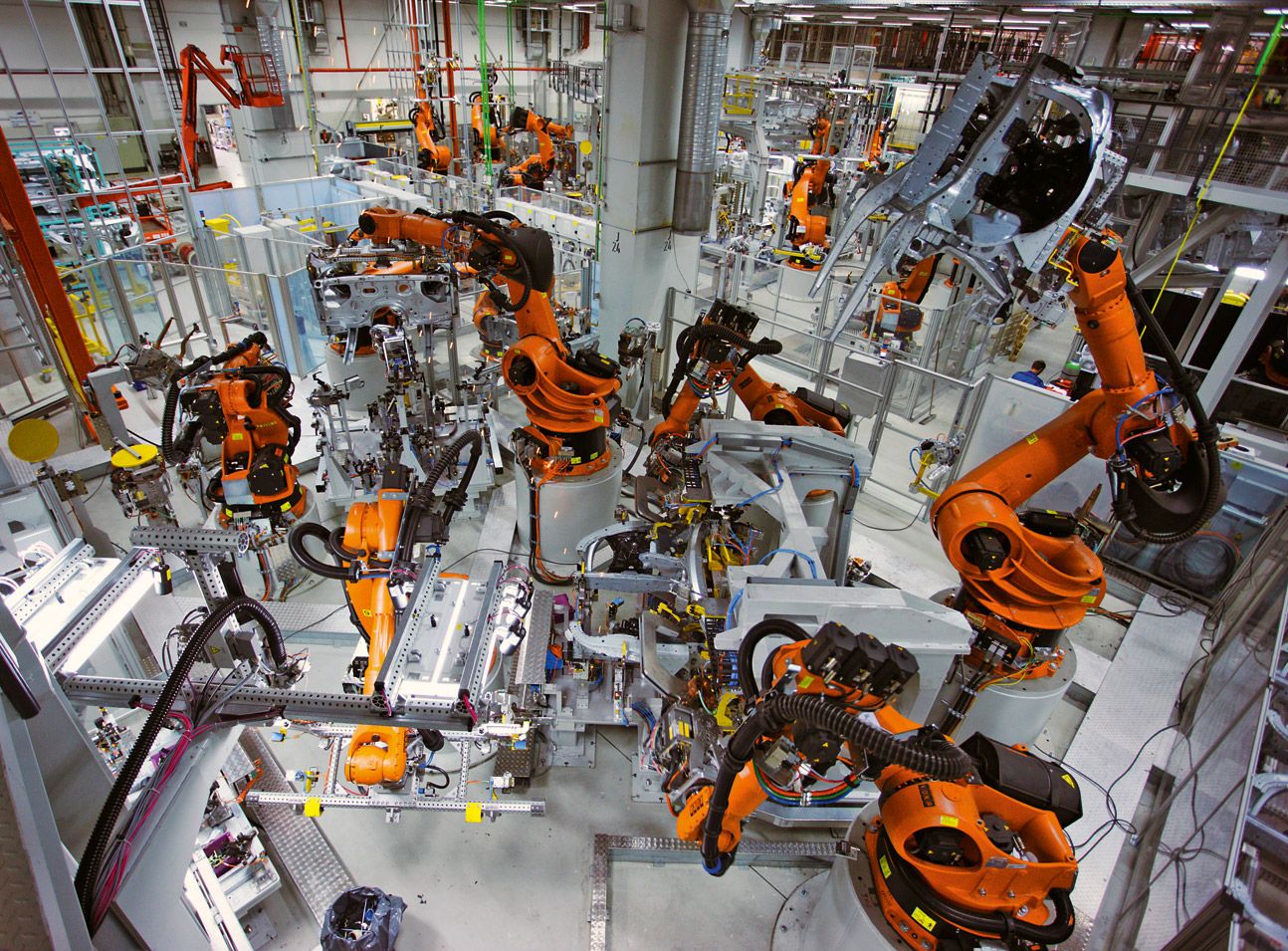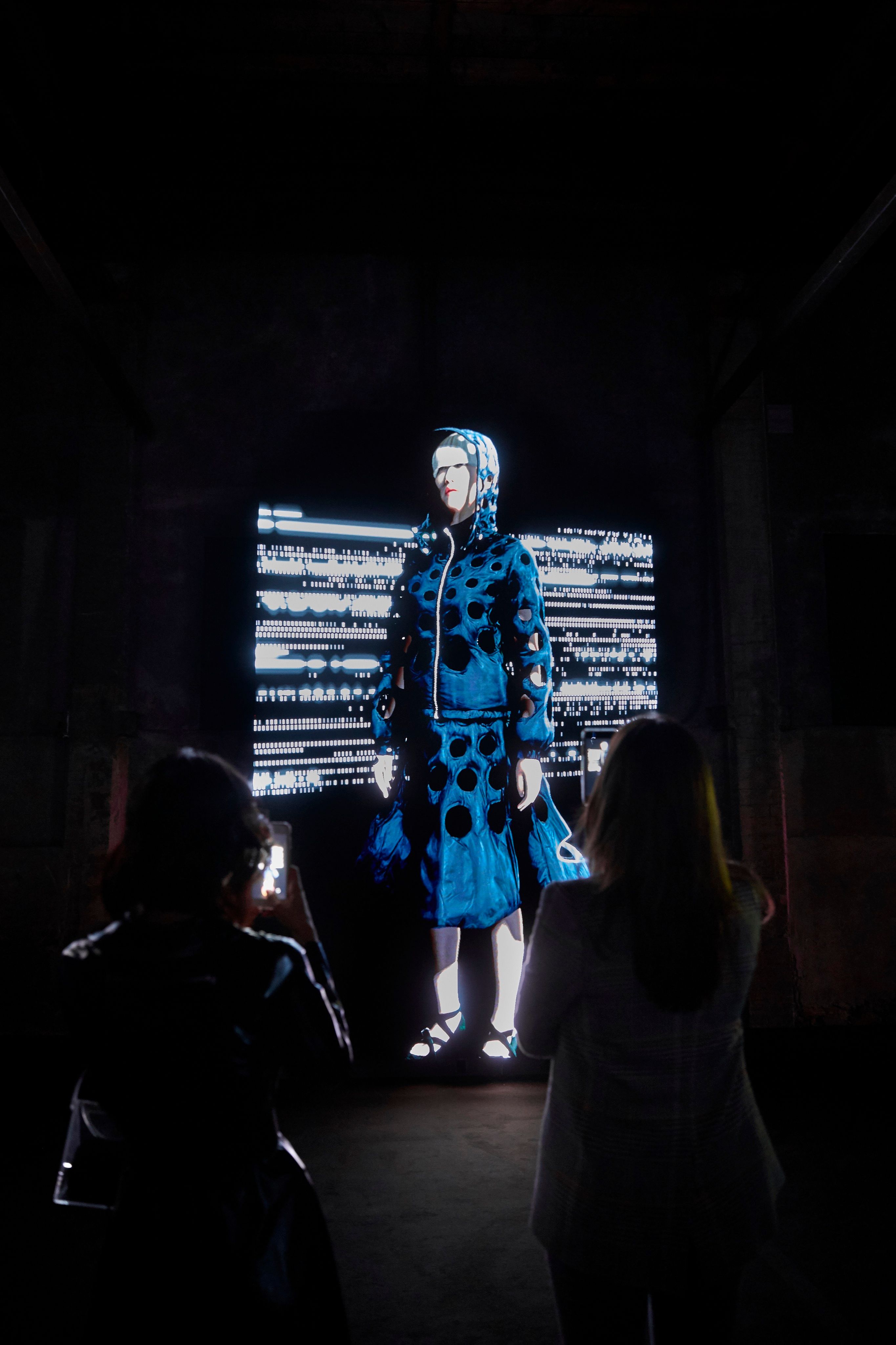Technofolk Cathedrals: MACELO BURLON and EDOARDO TRESOLDI Show Us How to Collaborate in the Infinite Present
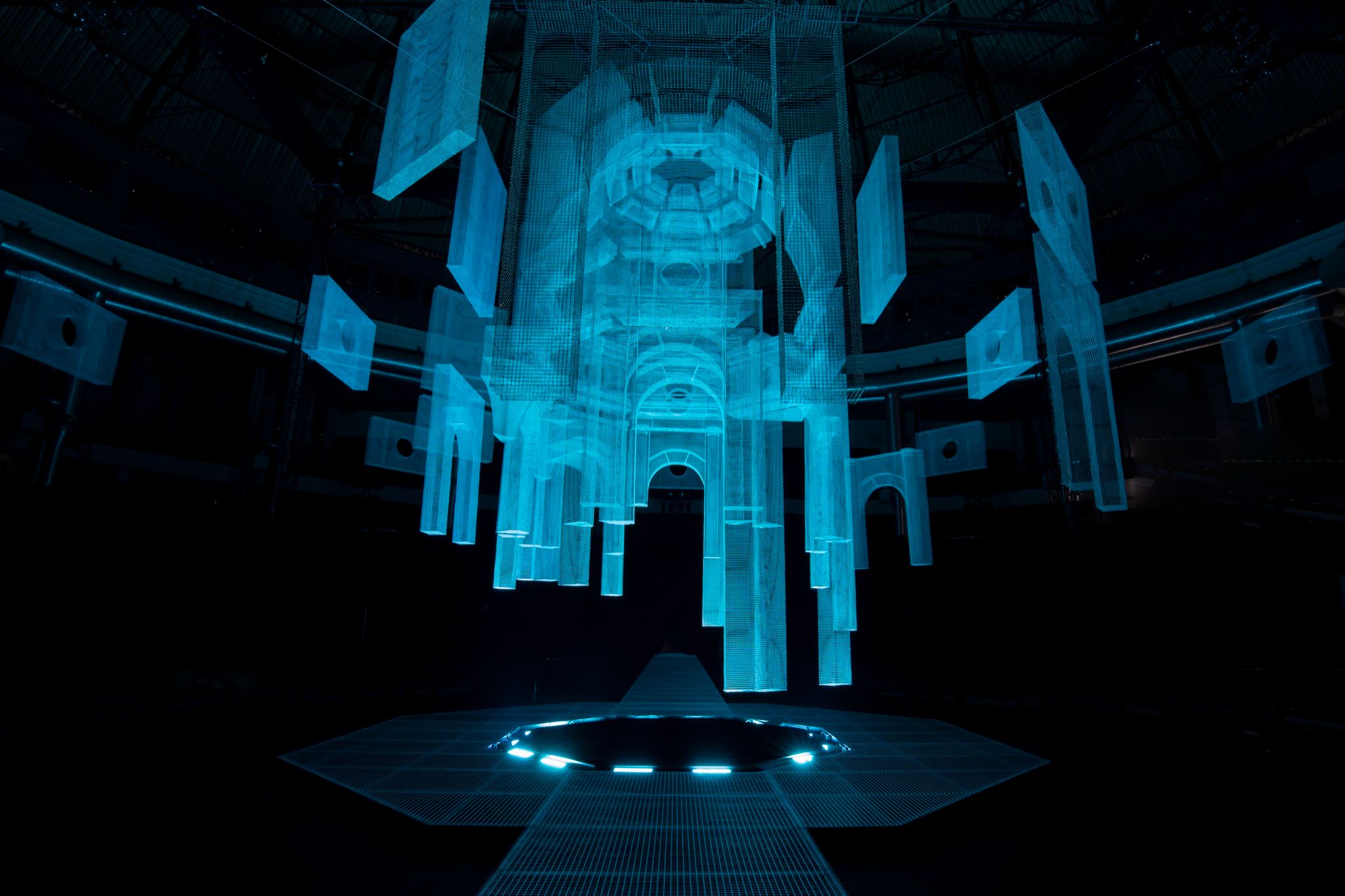
On Saturday June 17, MARCELO BURLON COUNTY OF MILAN presented TECHNOFOLK at the Palazzo delle Scintille, a historic motor pavilion and velodrome newly renovated into a culture hub in the Fiera Milano exhibition district. There, in the vast 15,500 square meter space, the Italian label’s spring 2020 menswear collection unfolded beneath an impressive wire mesh cathedral created by artist Edoardo Tresoldi – one of many collaborators tapped by Burlon to inform his immersive runway show, which also featured music by Loco Dice and brand graphics by Mirko Borsche.
“It is a remix of elements from my own heritage,” says Burlon of his latest line, “so there’s a touch of Patagonia, a touch of raving in the 90s as I was a club kid, and a touch of contemporaneity – because the present is the only thing that’s real.” And considering the present – and future – of fashion, it seems that collaboration across creative disciplines will continue to define the industry, even crushing the notion of such distinctions altogether.
Today, creative categorization “only defines the medium and maybe the physical manifestation of the body of work,” says the designer. “It doesn’t define the attitude or the process.” Burlon views the fashion show as a total artwork: a choreography, a manifesto, an architecture. “The mindset through which you approach it makes the final product transcend itself,” he says. We spoke to Burlon and Tresoldi about co-creation, synthesis, and sound.
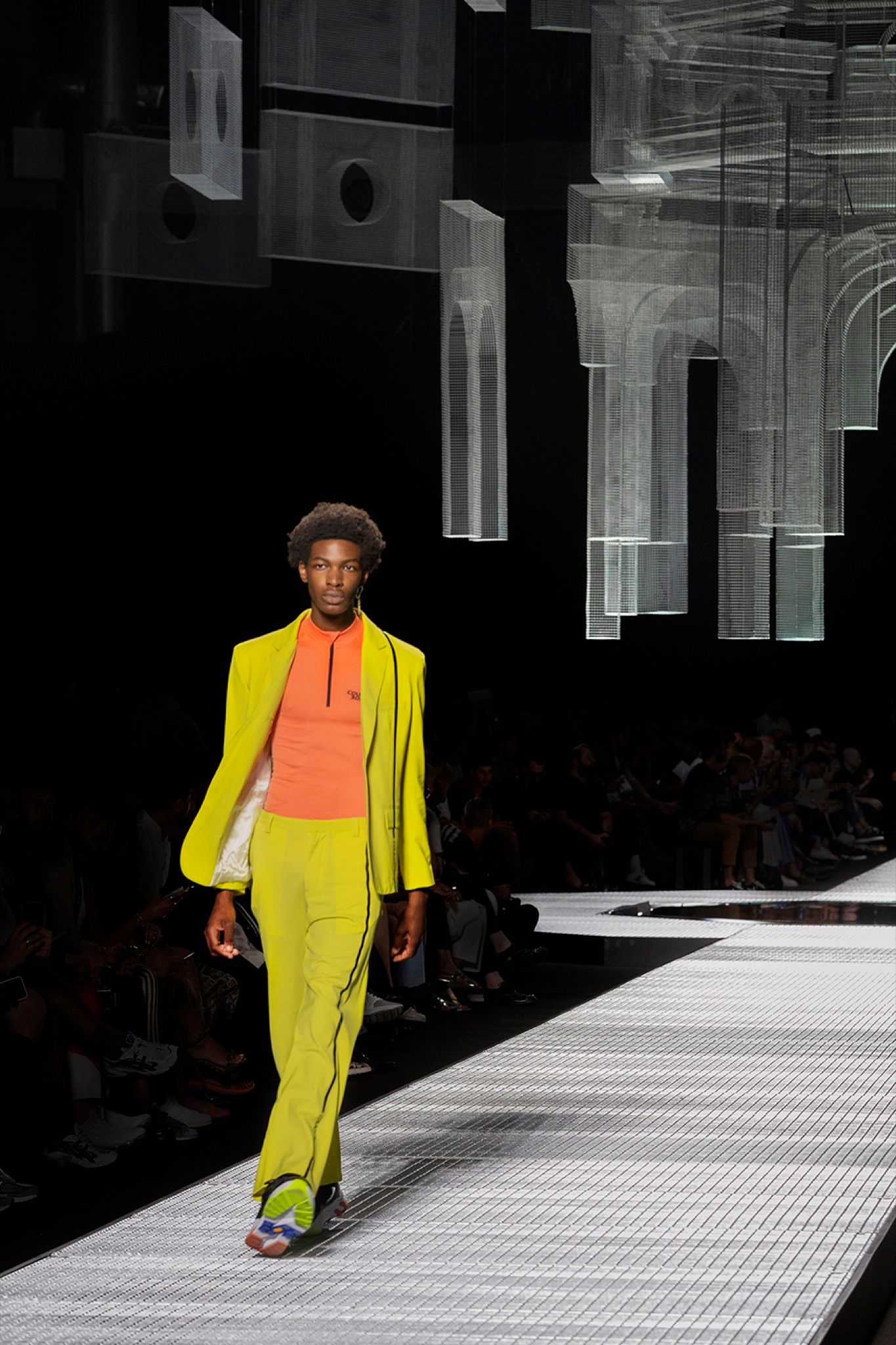
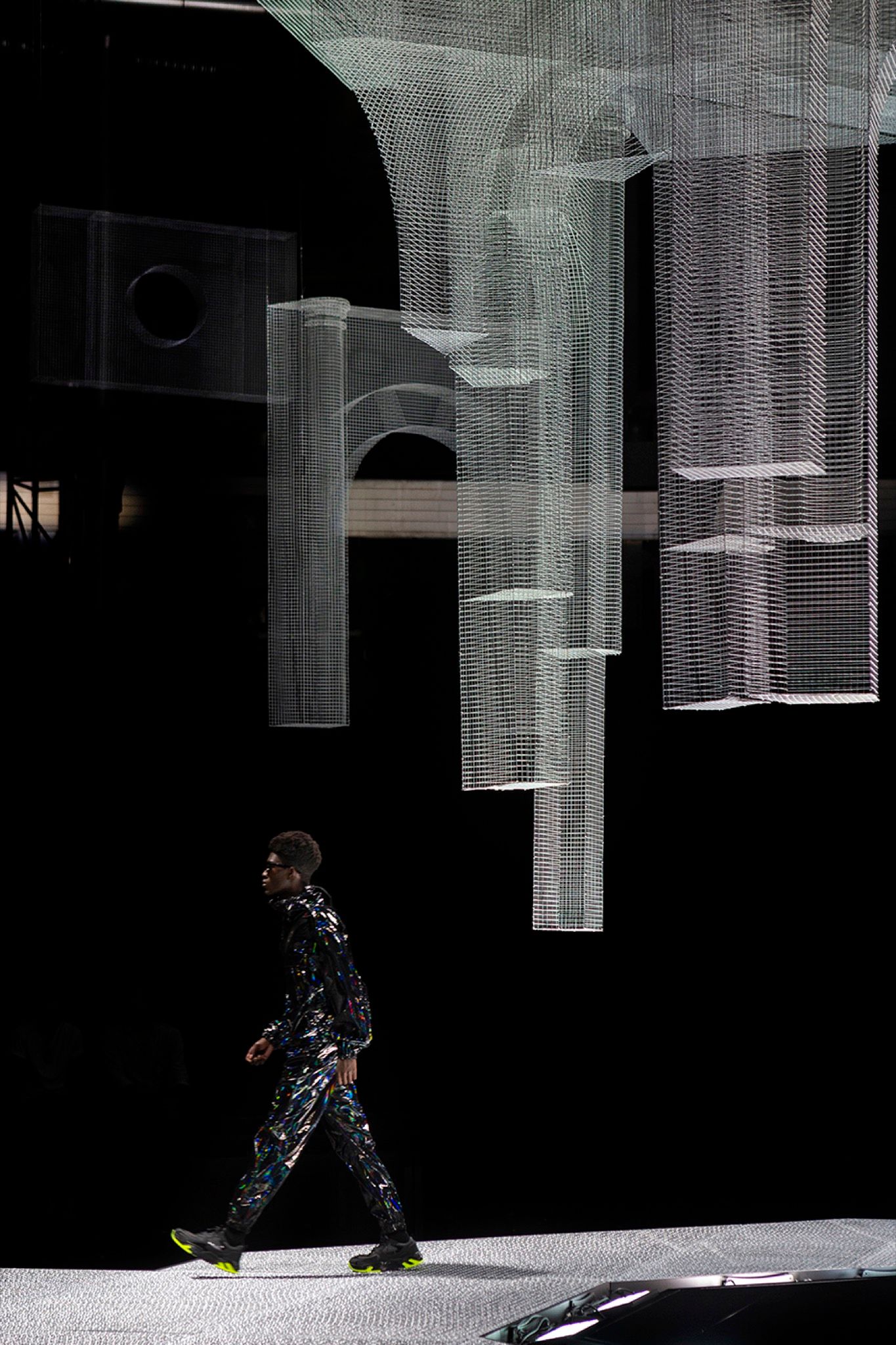
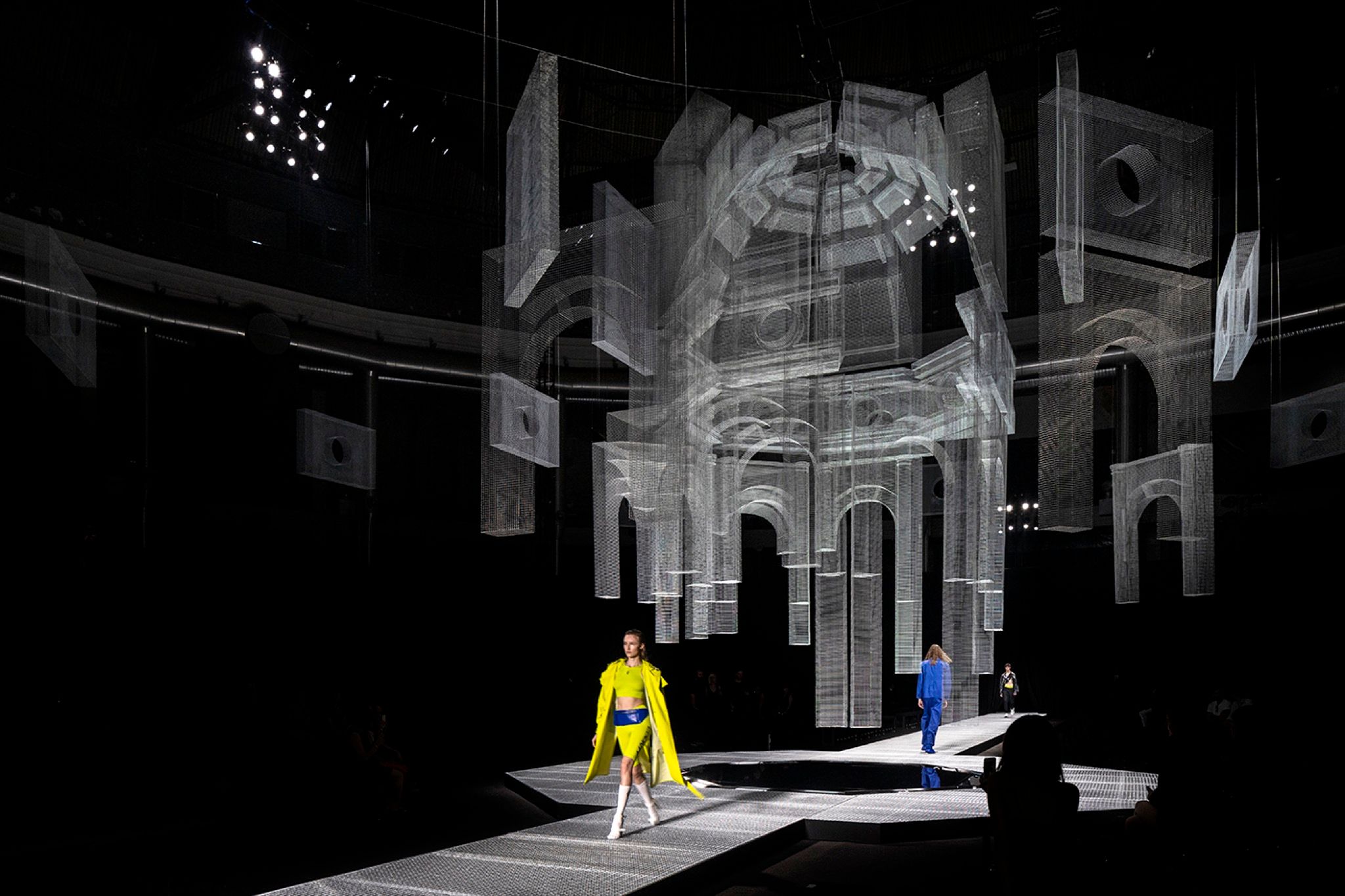
What inspired your collaboration?
Marcelo Burlon: Edoardo’s work is light yet heavy, its absence and presence is a matter of light – just like in theater, where things and characters stop existing on stage when the lights go off. The floating architecture is welcoming in a certain way. There are no doors and it is very open, which symbolizes that there are no borders, no walls. To play on the current political moment and to overthrow the contemporary feeling in Italy, where immigrants are not welcome and where there are efforts to prevent ships coming from African countries from docking, I mostly cast models who are first-generation Italians of African descent. Our collaboration was another medium through which to send a message, and that’s the most important thing.
Edoardo Tresoldi: I met Marcelo in person only six months ago, and shortly after he proposed a collaboration. I’ve always respected his work, his approach to fashion and to contemporary society, so I was glad to accept the collaboration – I didn’t have to think about it long! Somehow, our professional evolution is quite similar: we both arrived to our expressive fields – fashion for Marcelo, art for me – through alternative backgrounds. I think that this dimension is the strength behind artistic visions that are able to interpret contemporary society in an unconventional way.
What was your experience of the collaborative process?
MB: A collaboration to me is like buying a very beautiful chair and then painting it in a different color and cutting its legs shorter. It is a process that may not make things better than they were, but has the potential to make them more interesting. It’s about experimenting and looking for unexpected solutions.
ET: We trusted each other immediately and naturally during every step of the process. I think this is a symptom of a great mutual respect between us. The contemporary time is defined by temporary events that become real public spaces within the city. My work inserts itself in a context composed of spaces, people, and objects, and together these elements make for a very interesting field in which I can express my vision. I find it particularly interesting to work on events conceived by other contemporary authors.
“Collaborations are not targets. They are bullets.”
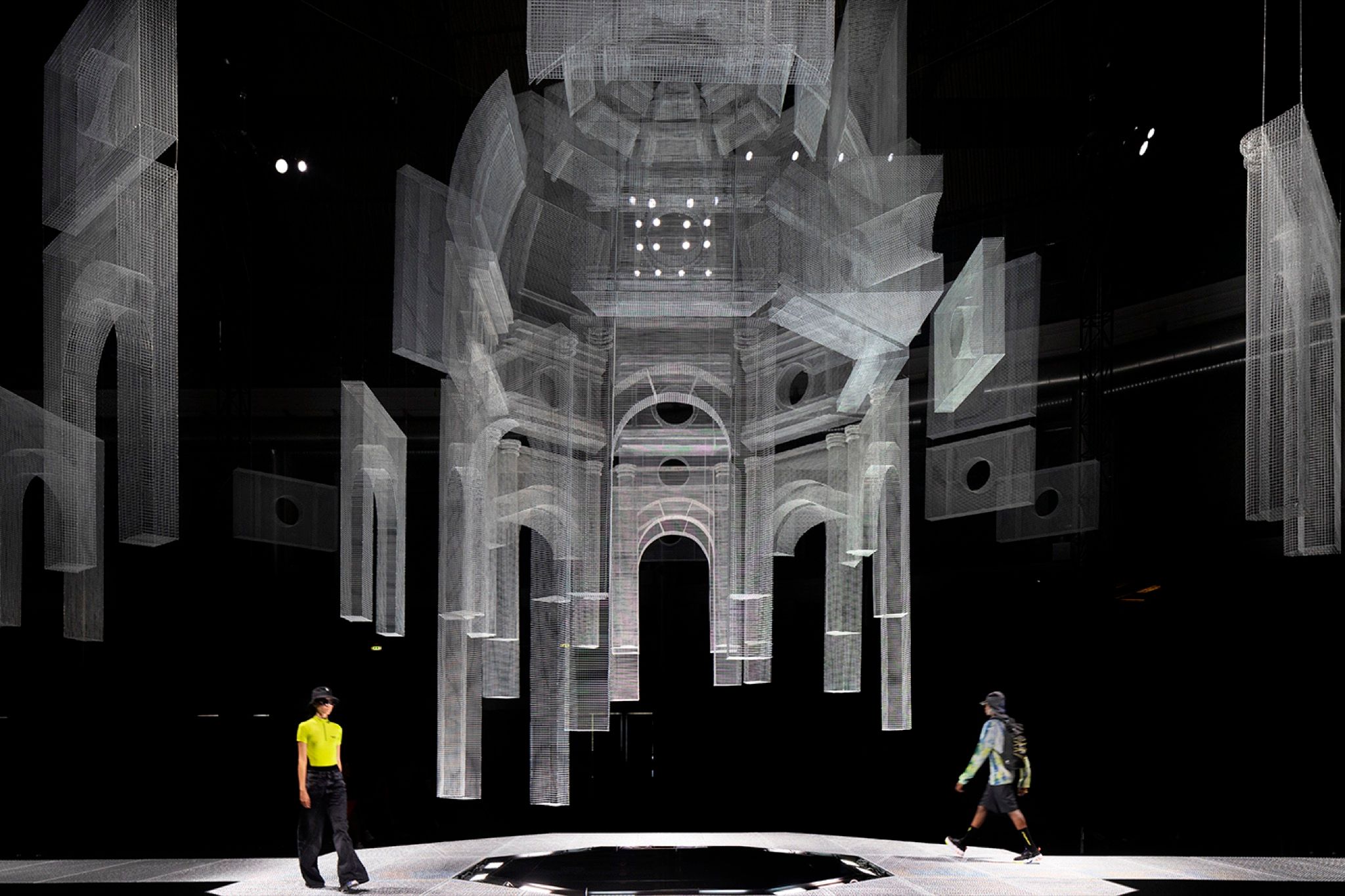
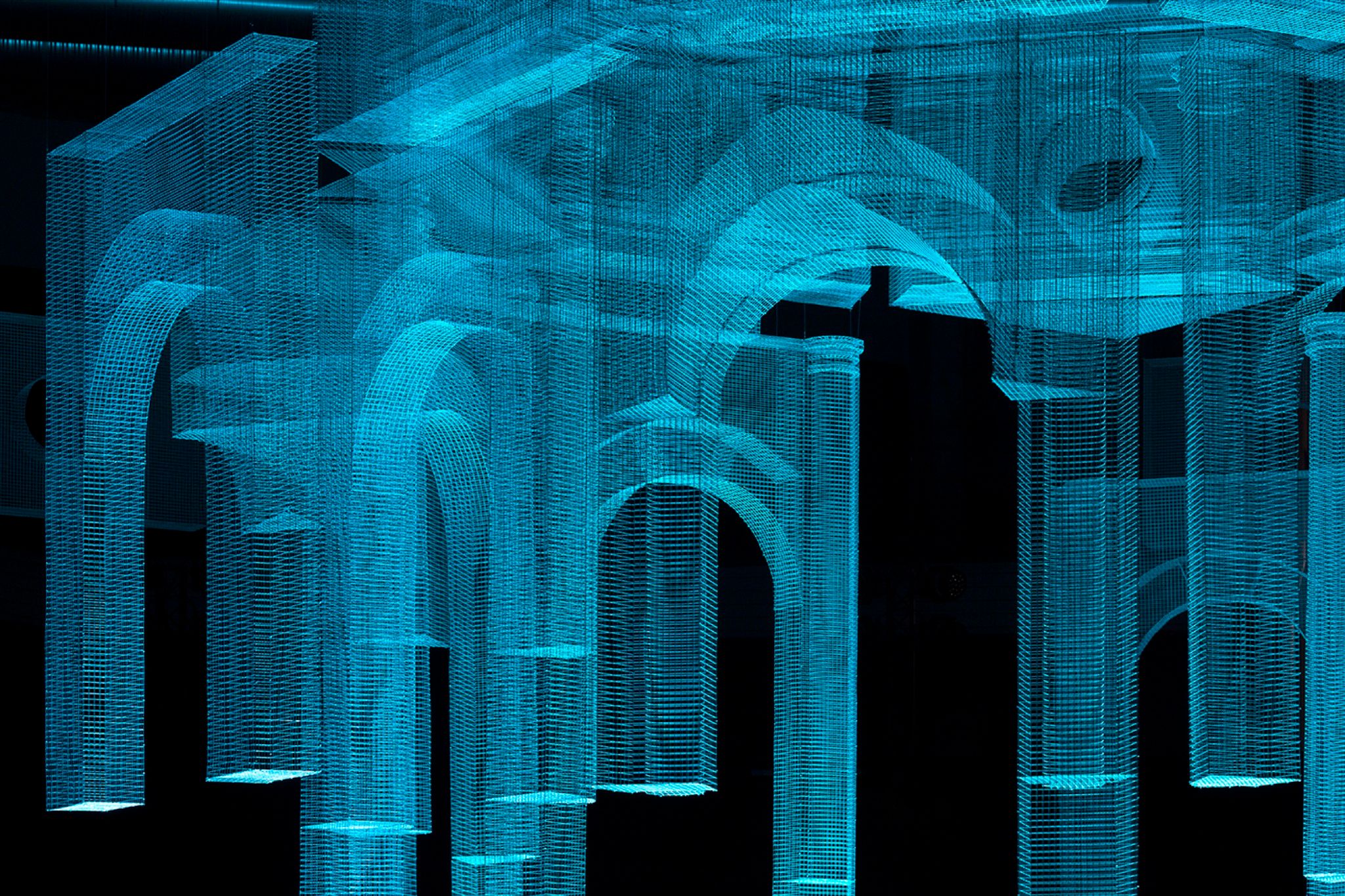
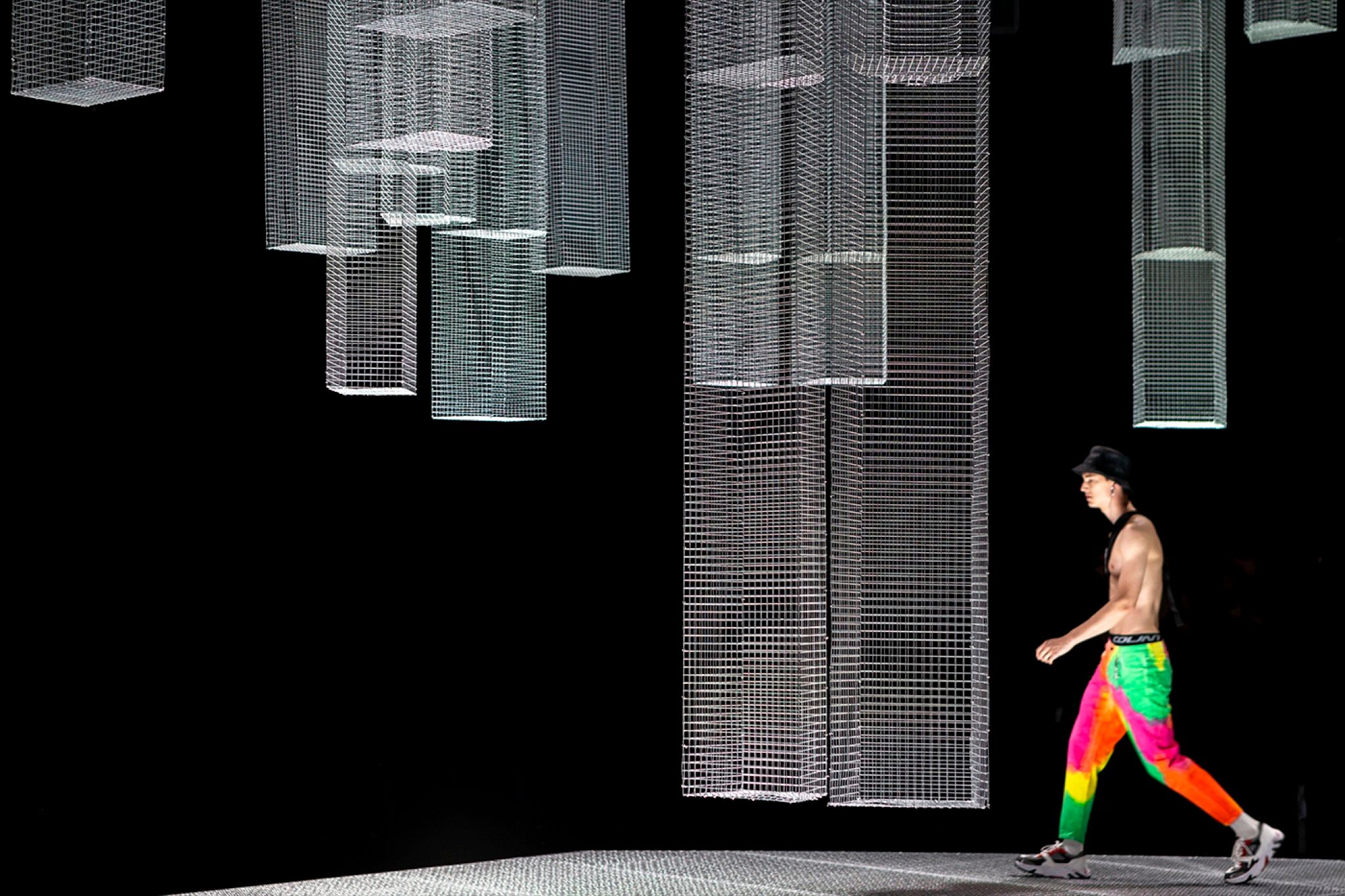
What do you enjoy about collaborating with other creatives, especially ones who are not coming from your background?
MB: They say too many cooks spoil the broth, but I don’t think that’s necessarily true. The more points of view you get the chance to see through, the more tridimensional your own perspective and work become. I don’t think about dream collaborators – that’s a derogatory idea in itself. Let’s say I have a list of actions that have to be performed in order to hit certain targets, but collaborations are not targets. They are bullets.
ET: I’m deeply interested in how similar creative processes can be applied to different fields – and in the ways they can match each other. Every day I am inspired by diverse kinds of creative minds, no matter the field they come from. Collaborating with creatives from other artistic fields provides a great opportunity to know and understand the approaches of authors I respect. I’ve never been interested specifically in fashion, but I find it very interesting to understand the creative dynamics that come from a unique world like the fashion one. I have the same interest for other disciplines, such us music.
You have very immersive, multi-sensory practices. What role do sound and music play in your work?
ET: I’ve made several collaborations with musicians in the past. Locus, for example, was presented in collaboration with the Italian musician Iosonouncane, and I created Etherea for the Coachella festival in California last year. I spend a lot of time working with musicians, often friends of mine, experimenting with how the musical creative process can be adapted to sculpture, and vice versa.
MB: It’s been a long time since I started working with sound. I’ve curated music for fashion shows, I DJ on a regular basis, and I’m basically on a tour now. I’m also producing music pieces with Loco Dice, and we’re working together on a great project. We’re close, and he’s done the music for the two last shows and DJed back to back as well. Music is the basis for how I approach things: I’ve come to this world dancing, and dancing one day I will leave.
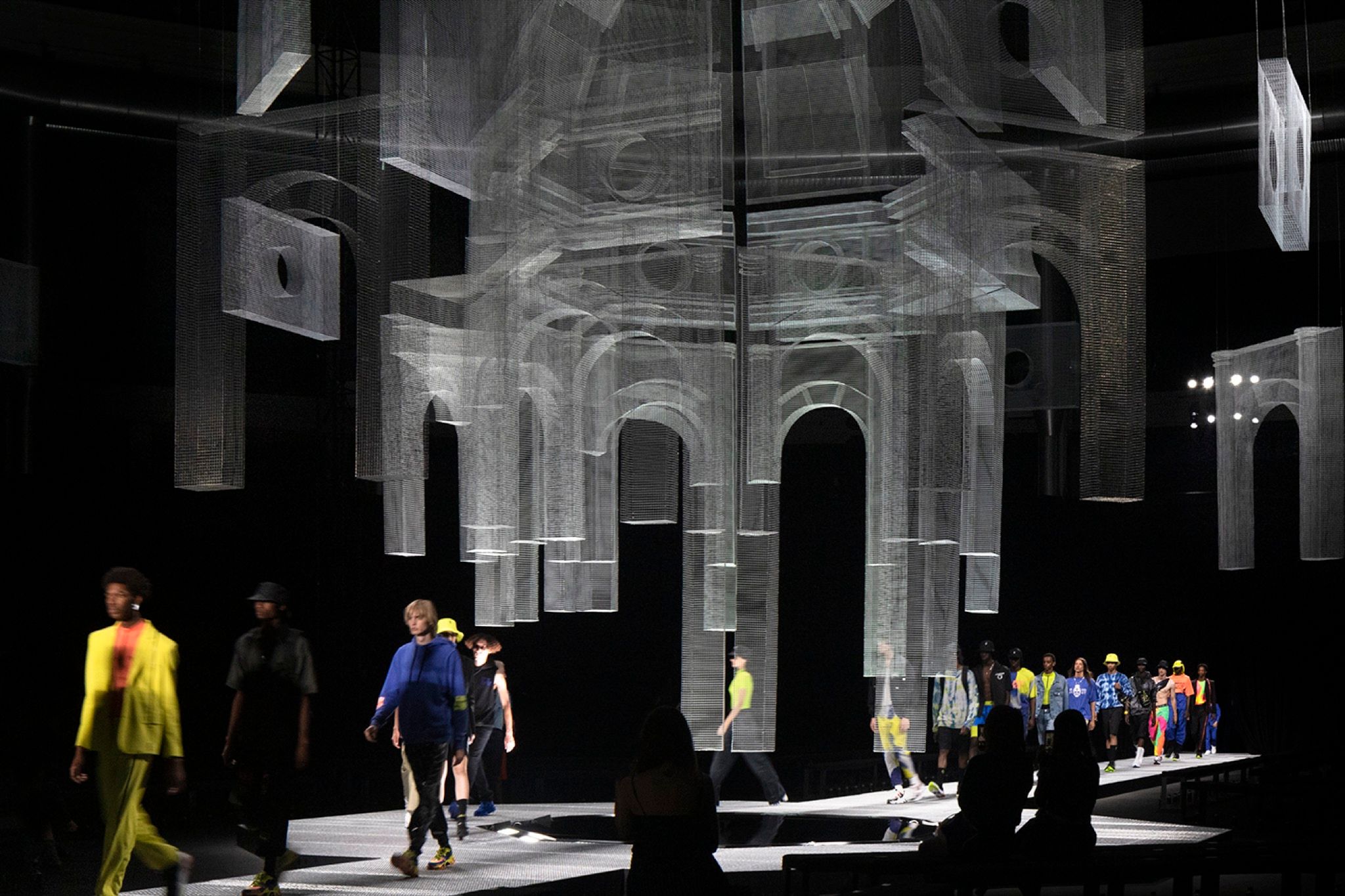
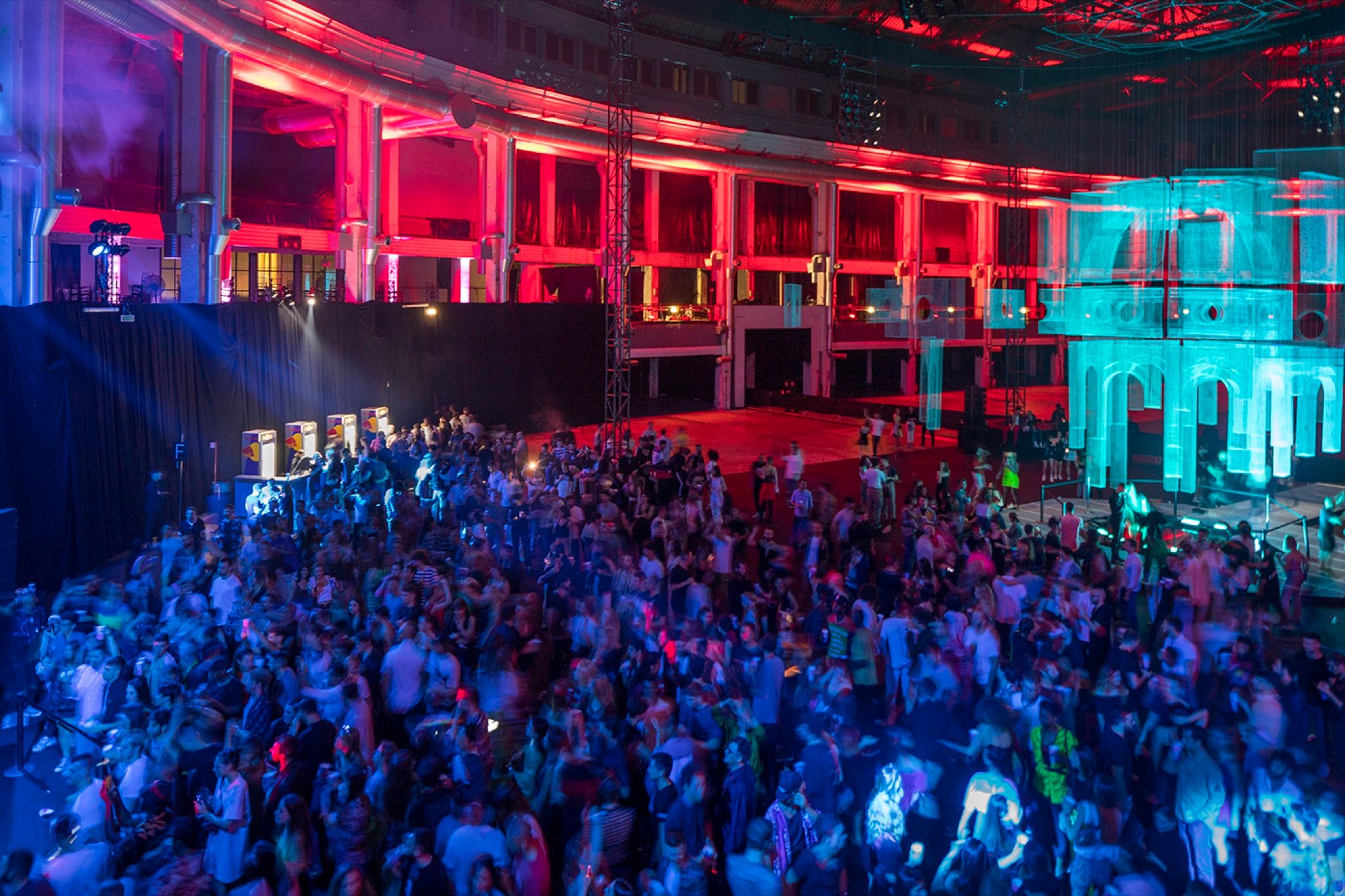
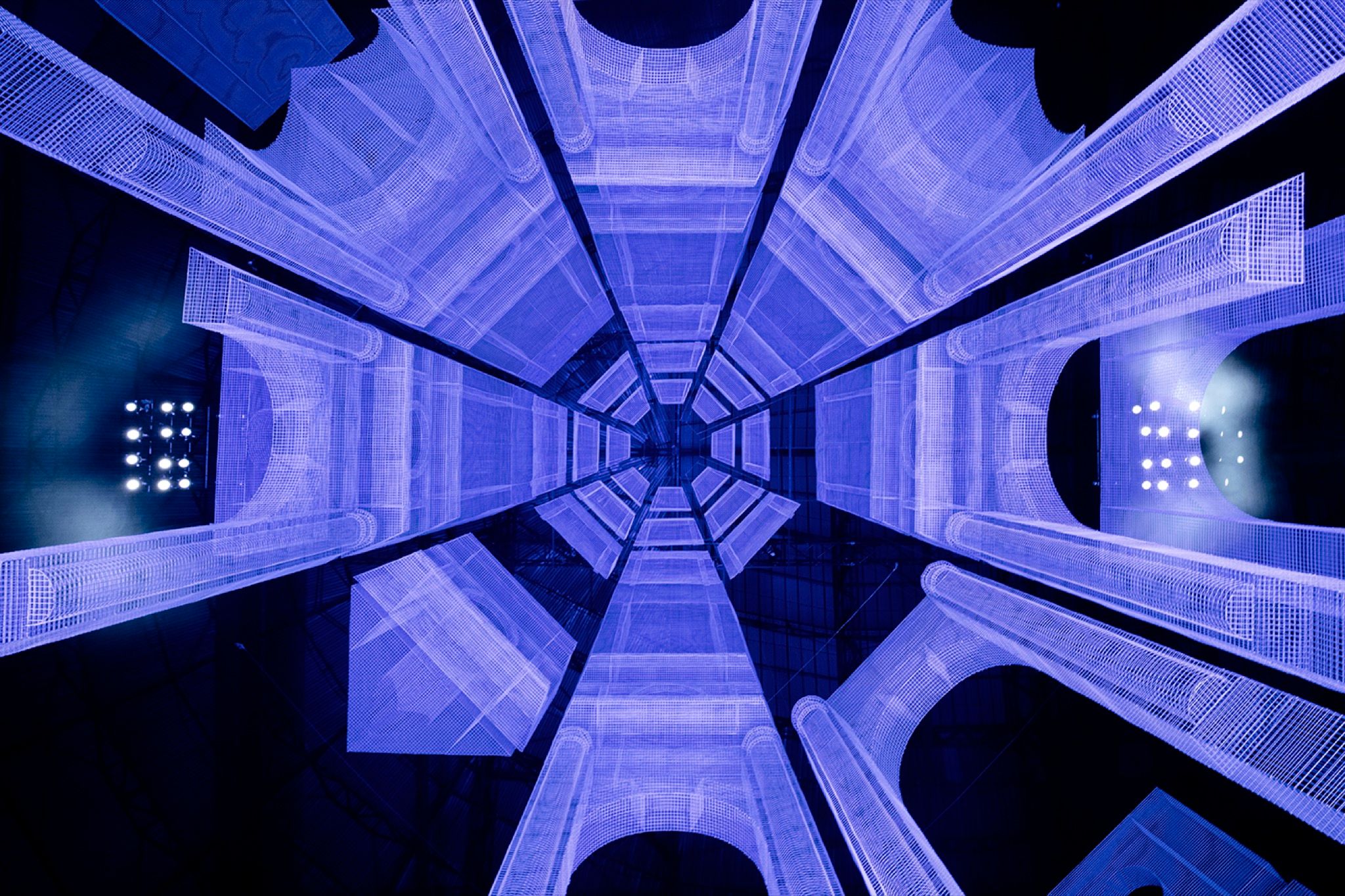
Credits
- Photography: Roberto Conte
